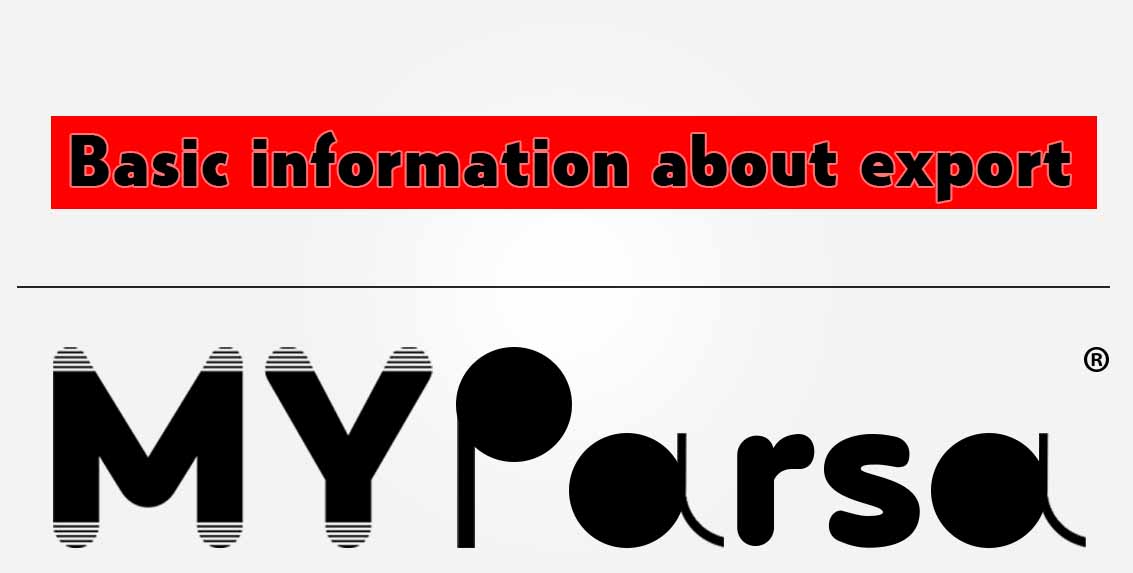Navigating the Export Process: Important Steps and Insights
Introduction:
Embarking on the journey of exporting goods can be daunting, especially for those unfamiliar with the intricate process involved. However, despite the lack of widespread knowledge about exporting, its significance in the global market remains undeniable. As an international trade specialist and consultant, I am passionate about sharing valuable insights to demystify the export process and empower individuals and businesses to engage in international trade successfully. In this blog post, I will outline some essential steps and key considerations to navigate the export process effectively.
Step 1: Understand the Legal Landscape
Before diving into exporting, it is crucial to have a solid understanding of both international and domestic laws. Familiarize yourself with basic international law principles and regulations governing trade in your own country. Ignorance of the law can expose exporters to significant risks, including financial losses and legal complications. Therefore, take the time to research and comprehend the legal framework surrounding international trade to ensure compliance and mitigate potential risks.
Step 2: Master Incoterms
Incoterms, or International Commercial Terms, are standardized terms used in international trade contracts to define the responsibilities of buyers and sellers regarding the delivery of goods. Understanding Incoterms is essential for navigating the complexities of international trade transactions. Take the initiative to educate yourself about different Incoterms rules and their implications for your export transactions. By mastering Incoterms, you can streamline your trading operations and avoid misunderstandings or disputes with your trade partners.
Step 3: Identify Potential Buyers Finding suitable buyers for your products is a critical aspect of the export process. However, this task can be challenging, requiring careful research and networking efforts. Look for buyers who demonstrate genuine interest in your products and possess experience in international trade. Collaborating with knowledgeable buyers can simplify the export process and reduce risks associated with cross-border transactions. Leverage online platforms, industry events, and professional networks to connect with potential buyers and explore partnership opportunities.
Step 4: Establish Robust Contracts
In today’s global business environment, legal risks are prevalent, making it imperative for exporters to prioritize contract management. Develop comprehensive contracts that outline all negotiated terms and conditions with your trade partners. Clearly define rights, obligations, and dispute resolution mechanisms to minimize uncertainties and protect your interests. Working with legal professionals specializing in international trade law can provide valuable guidance and ensure that your contracts adhere to legal requirements and best practices.
Step 5: Cultivate Trust and Integrity
Honesty and commitment are foundational principles in international trade relationships. Building trust with your trade partners is essential for fostering long-term business collaborations and maintaining a positive reputation in the global market. Uphold ethical standards, honor your commitments, and communicate openly and transparently throughout the export process. By prioritizing integrity and reliability, you can strengthen trust with your partners and enhance the credibility of your business in the international arena.
Conclusion:
Navigating the export process requires careful planning, strategic decision-making, and a thorough understanding of legal and commercial aspects. By following these essential steps and insights, aspiring exporters can overcome challenges and seize opportunities in the global market. As an international trade specialist, I am committed to supporting individuals and businesses on their export journey, empowering them to achieve success and prosperity in international trade.


